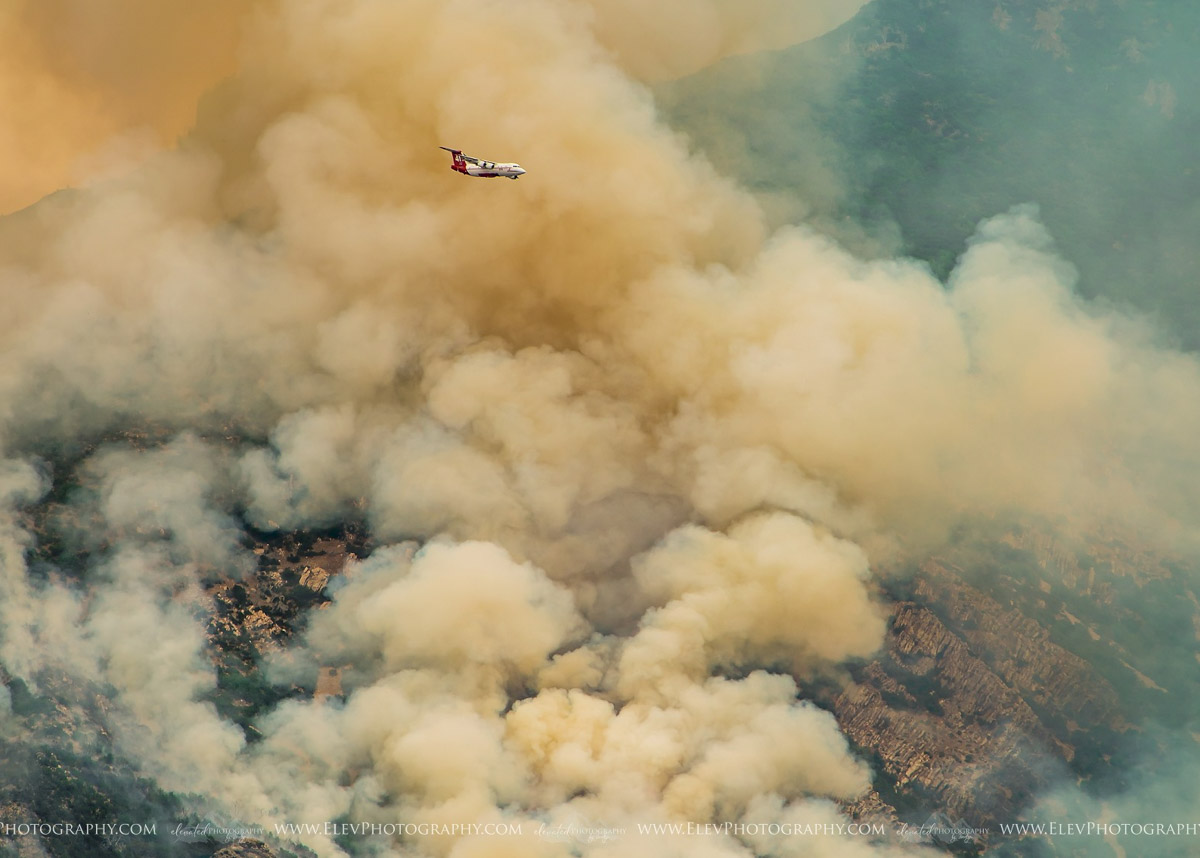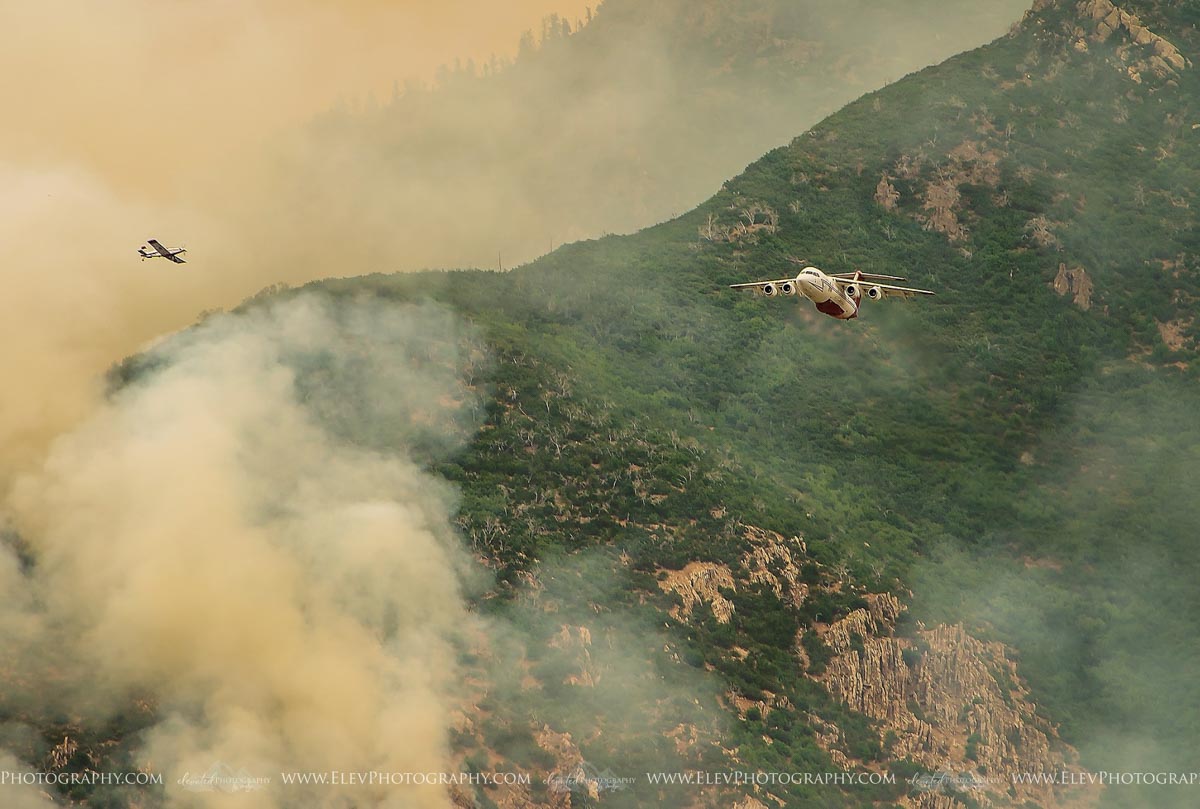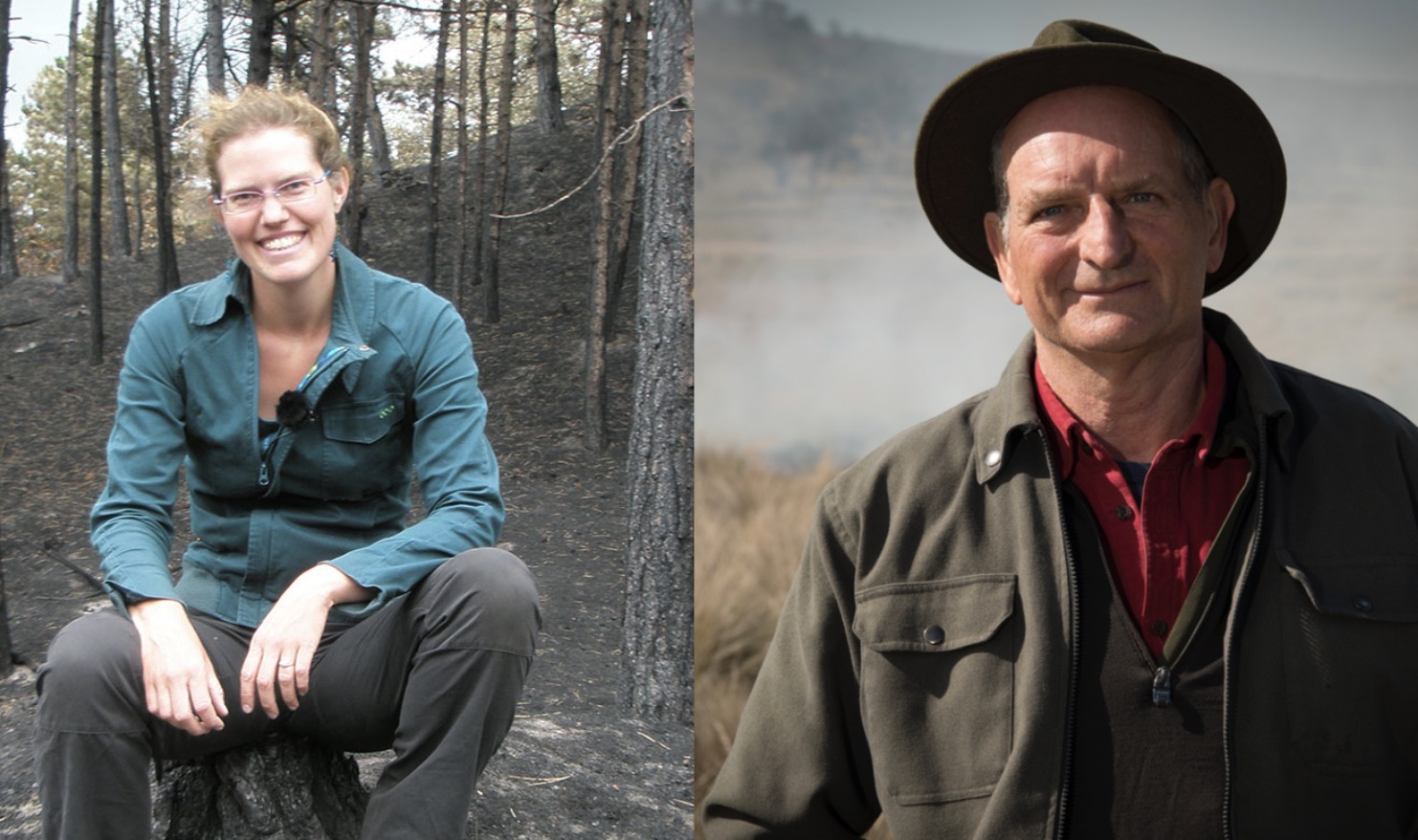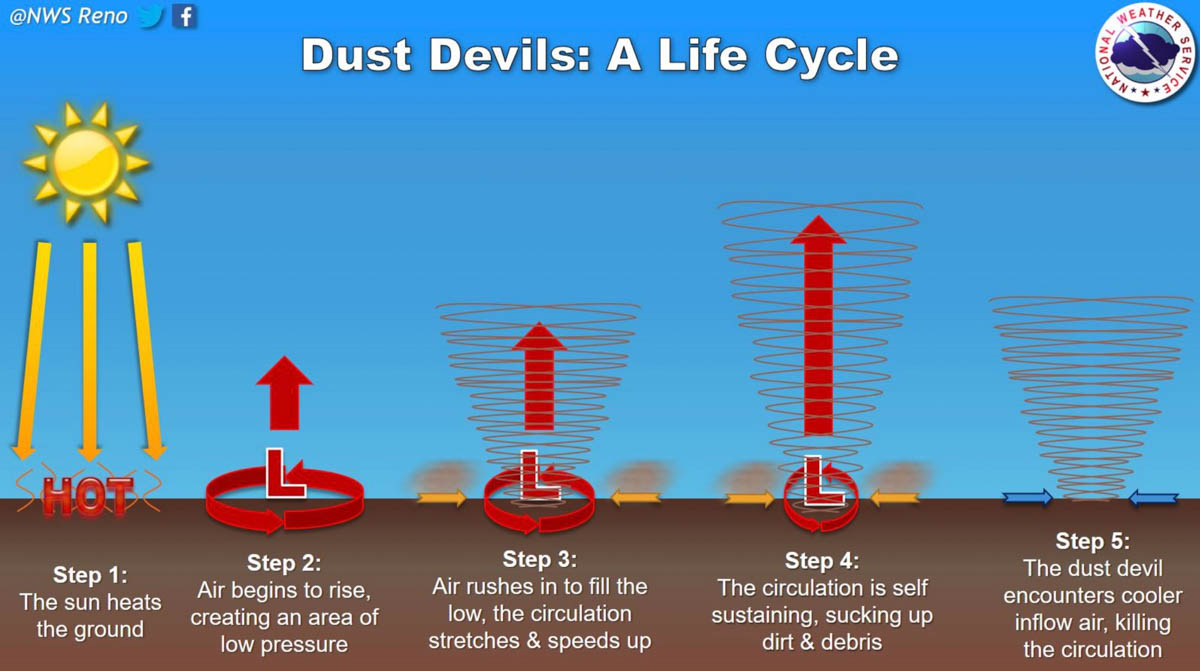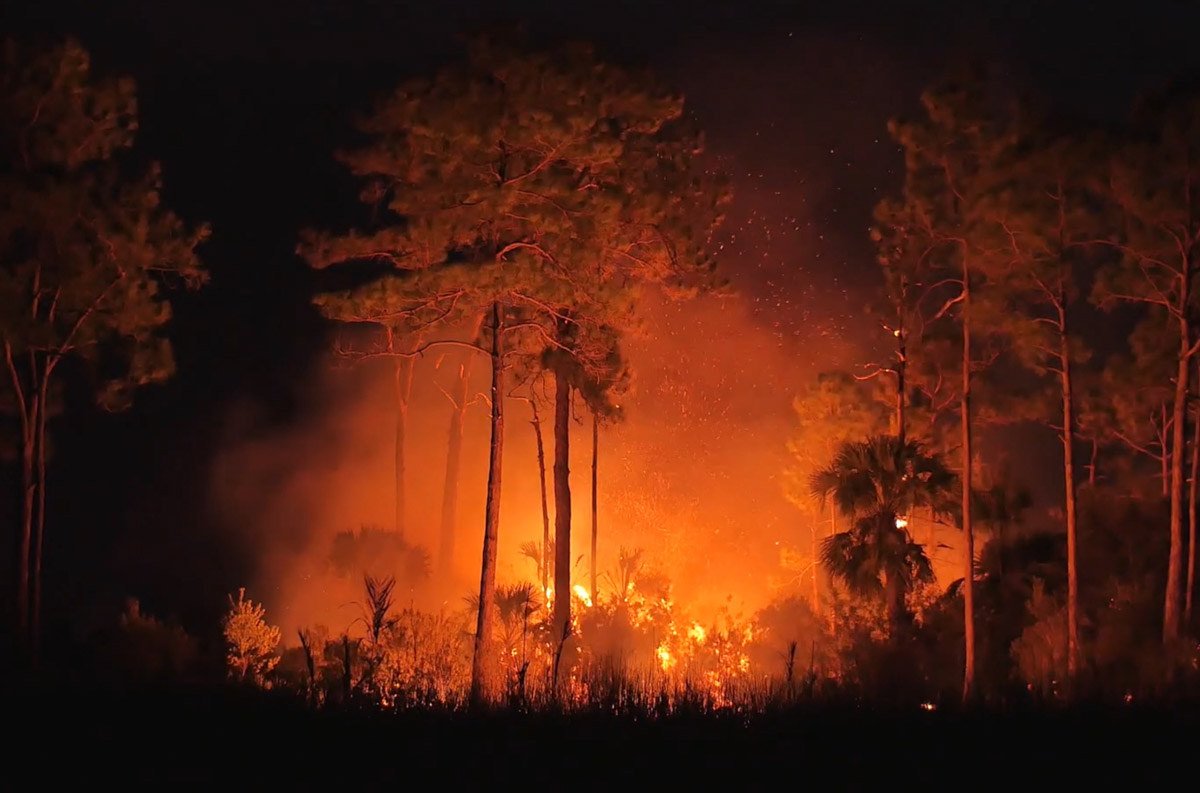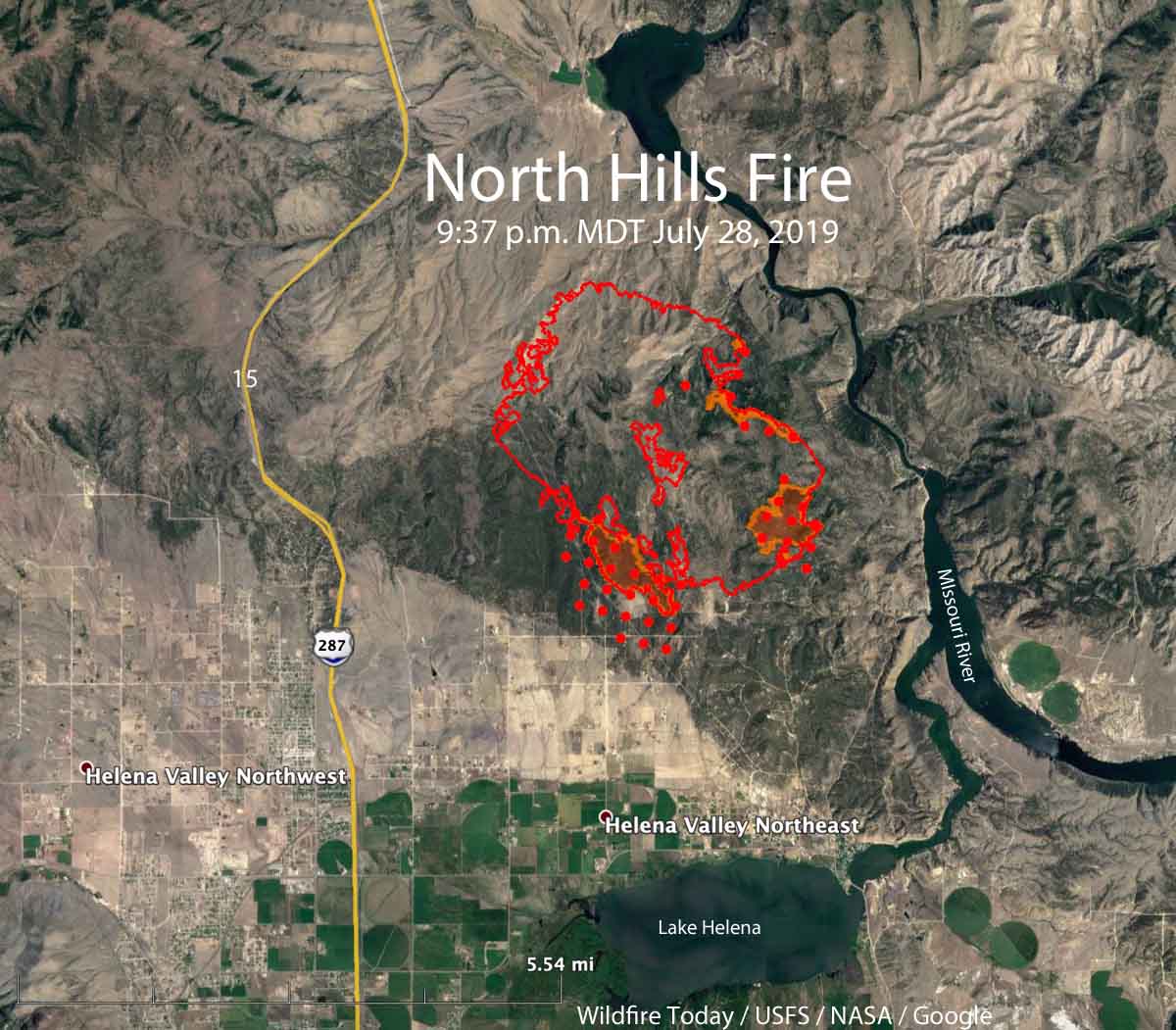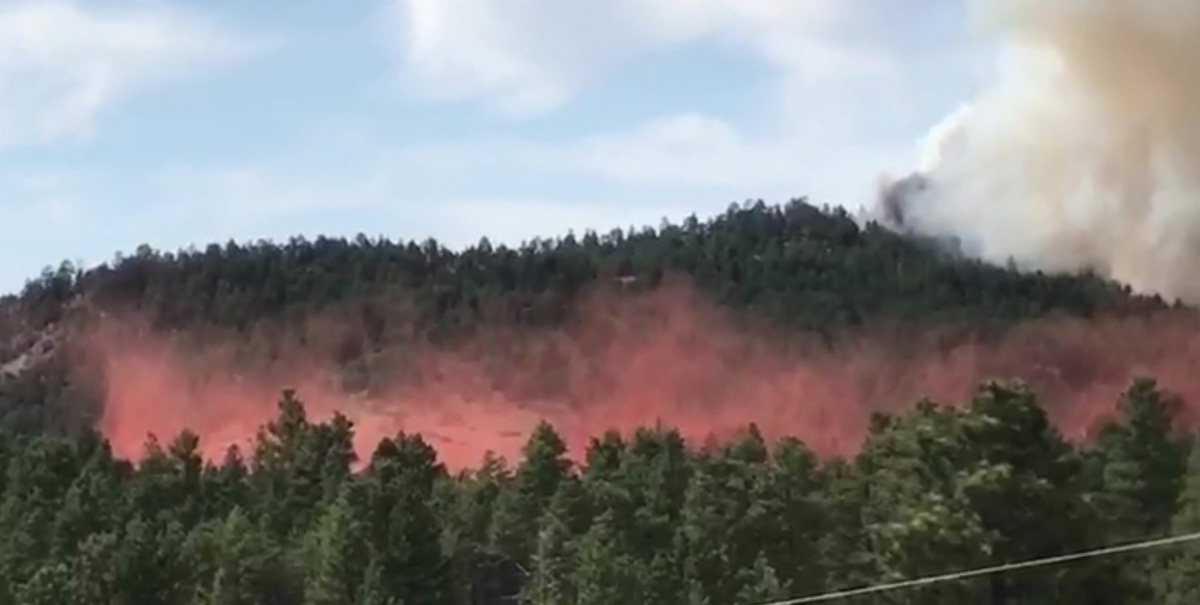
(Originally published at 1:29 p.m. MDT July 31, 2019)
It was just two weeks ago that the Round Peak Fire was ignited by a campfire at 9:30 p.m. July 15 in the hills above Springville, Utah south of Provo. A new fire, the Alaska Fire, was reported at 11:30 p.m. on July 30th near Alaska Avenue, northeast of Springville. The cause is under investigation but there was no lightning in the area.
Wednesday at 1 p.m. MDT fire authorities said it had burned approximately 450 acres and was still moving uphill in grass and brush. A type 3 Incident Management Team will assume command of the incident today. Crews will concentrate on building fireline while supported by aircraft as needed.
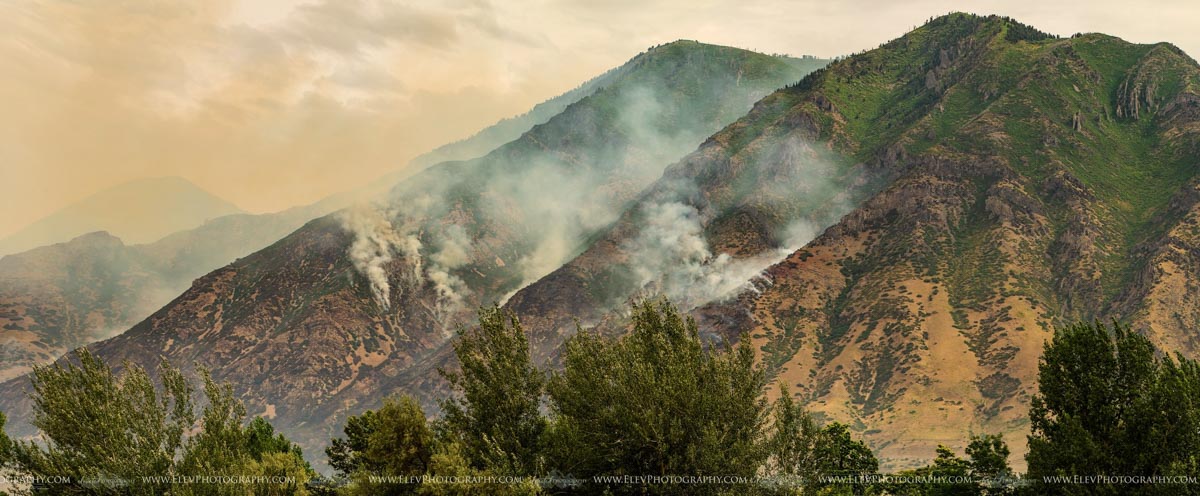
These photos, used with permission, were taken just before noon MDT July 31 with a long lens by professional photographer Jocelyn Marie Cooley, from her home in the Springville area. We also used one of her shots when we covered the Round Peak Fire. Thank you Jocelyn!
